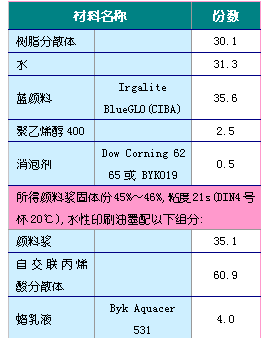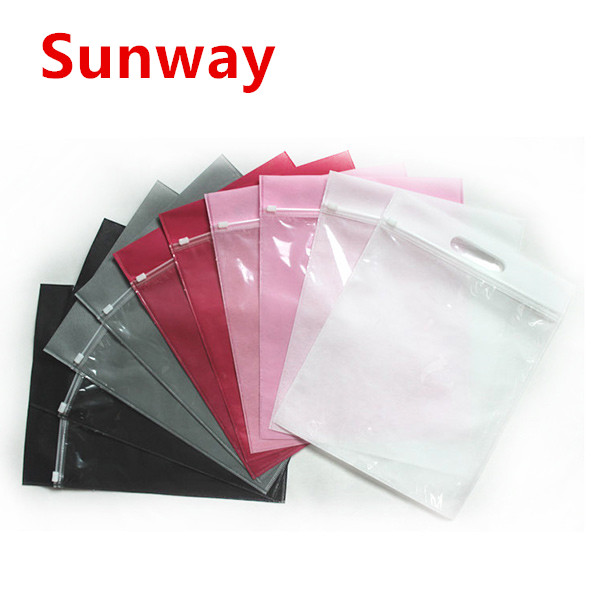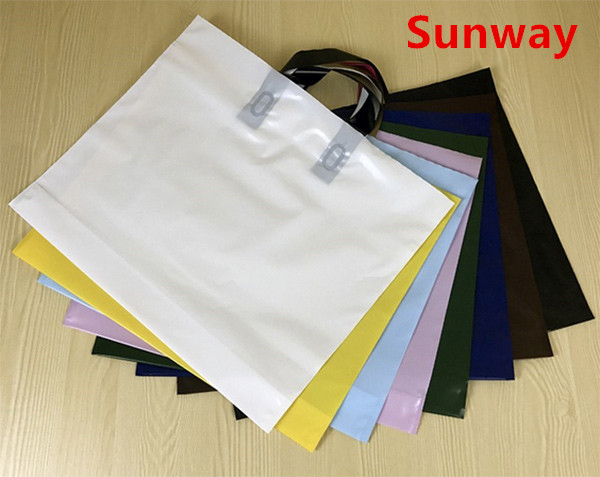MMFT as low as 5°C can still achieve the effect of not affecting the surface hardness or blocking resistance. Figure 7 is a kinetic analysis (DMA) of MMFT films below 2[deg.]C. Upon complete curing at room temperature for one week, the main glass transition Tg was found to occur at approximately 350K or 70°C. This Tg can be related to the Persoz or Konig hardness. The secondary glass transition occurs between 250K and 350K and can be related to the high flexibility of the print as measured by the wet-dry shrinkage test.

Table 1 pigment paste components
Ink preparation
Aqueous printing inks are prepared by the following method. First, make slurries by diluting the dispersion resin to a solids content of about 20%. The following recipe uses SETALIN AD860:
Water 24.4 parts Resin 75.6 parts Viscosity DIN No. 4 cup 20°C 15s
pH 8.5
Then add the blue pigment and grind it to 10 μm or less. The typical formula is shown in Table 1.
Self-crosslinking dispersions
Due to the low MFFT obtained by the gradient technique, the acrylic dispersion described above is suitable for solvent-free overlays and printing inks. SETALIN AD 800 is Akzo Nobel Resin's first industrial product.
We have found that this special cross-linking chemistry makes the crosslinker particularly suitable for corona-treated packaging films printed with inks. The corona arc produces accelerated electrons on the plastic that breaks the polymer chains in the plastic and breaks the chain ends. Ozone bonding formed by the discharge of the carboxyl groups is then formed. These carboxyl groups can also covalently bond the bisacylhydrazine crosslinker to the ink base and substrate. This feature explains the reason for the increased adhesion in such ink systems.
For rubber bump printing ink applications, resolubility is necessary, ie the dry ink can be redissolved by the liquid ink. It is necessary to obtain correct printing and to avoid irreversible drying of the ink. Solvent-based inks generally have good resolubility, but for aqueous dispersions, water is a carrier and not a solvent for polymers, which can cause poor re-dissolvability and poor printability. A common method of solving this problem is to use an acrylic dispersion in combination with a low molecular weight resin. These oligomers may be acrylic polymers or maleic anhydride modified rosin esters. Usually these oligomers have relatively high acid values ​​and can be water-solubilized by neutralization with bases. Commonly used such resins are similar to those used to produce pigment dispersions. The concentration of oligomers added to the ink formulation by the pigment dispersion is generally not sufficient to obtain the required degree of re-solubility, so some additional oligomers must be added. Although these polymers improve resolubility, they have a negative effect on ink resistance and reduce drying speed.
These acrylic dispersions are still prepared by emulsion polymerization, but with active or co-reactive groups for self-crosslinking, approximately 50% of the active oligomers are grafted to the gradient polymer core during the reaction in the presence of oligomers. Particles. The active oligomer also contains -COOH, which ensures the "water plasticization" effect required for re-solubility. After the ink film is completely dried, the oligomers participate in the ketone-hydroxylation cross-linking reaction, which greatly reduces the hydrophilicity of the oligomers. Since the water remains in the film for a prolonged time, it takes more time to obtain the final ink performance.
To optimize the ratio between gradient polymer particles and active oligomers, several polymer dispersions were synthesized. The printing inks of pigment dispersions based on SETALIN AD860 were evaluated. For comparison, the same polymer was synthesized with an inert oligomer. Some non-oligomer modified dispersions, pure active and inactive oligomers were also included in this study.
Applied to PE (polyester) ink film, wet film thickness 4μm, drying at 70°C for 10s and aging at room temperature for a while, different ink base materials may have different aging time.
By comparing the reconstitution time, the wrinkle resistance of the wet film, the SATRA resistance to scrubbing, and the chemical resistance, it is clear that the reactive oligomer has a great influence on the resistance at the same reconstitution time. The optimal ratio between reactive oligomers and gradient polymer core particles is 20:80. With this optimization technique, several experimentally investigated polymers have been synthesized for use in aqueous inks with the required balance of properties.
Stability (viscosity)
Water-based printing ink formulations should have a storage-stable viscosity, so the viscosity should be measured at 5 days at room temperature after ink formulation. In general, low viscosity inks are more stable than inks with viscosity higher than 30 seconds.
Dry and resoluble
The new self-crosslinking ink base material is combined with a suitable dispersion resin to properly balance the drying speed and resolubility required for high-speed ink printing lines.
luster
Water-based inks have the same or higher gloss as solvent-based inks.
Resistance
Variety of flexible bags including polyethylene bags, cement or fertilizer bags, frozen food bags will be in contact with various chemicals, resistance including wrinkling, friction, water and chemical resistance.
Wet film shrinkage
Only based on the new self-crosslinking dispersions have good initial wet-film wrinkle resistance.
SATRA-resistance
After 50 and 100 wet wipes, the initial SATRA scrub resistance of SETALIN AD800 with different dispersion resins is better than commercial ones. Increasing resolubility will affect this performance, but the results after aging are the same or more than solvent type. better.
Chemical resistance
Chemical resistance is better than commercially available water and solvent types.
Heat-resistant sealing and adhesion
It was found that such inks had a heat sealing temperature of 175°C, and there was no difference in the tape peeling test.
in conclusion
The stable self-crosslinking printing ink developed can meet the requirements for long-term storage stability and film performance requirements of rubber bump inks and overprinting oils.
The acrylic binder in these inks is based on the ketone-hydrazide reaction principle and is very convenient to manufacture by multi-step emulsion polymerization. It has been demonstrated that by combining resoluble with good resistance of the emulsion polymer in the presence of reactive oligomers, the ink composition has superior performance to commercially available aqueous or solvent based liquid inks on the surface of non-absorbent soft substrates.
Source: Coatings Technology Information Network
This Clothing Packaging Bag is made of Environmental protection material 100%, we have got the certificates of SGS, ROHS, ISO9000 and ISO14000 , these products have sold to Europe, America, Japan, Korea, Middle East, southeast Asia and other countries for many years , for the bag`s shape , size , thickness, color which we can customize according to your requirements.


Clothing Packaging Bag
Clothing Packaging Bag,Clothes Packing Bags,T Shirt Packaging Bags,Garment Packaging Bags
Shenzhen Sunway Packaging Material Co., Ltd , http://www.sunwaypack.com